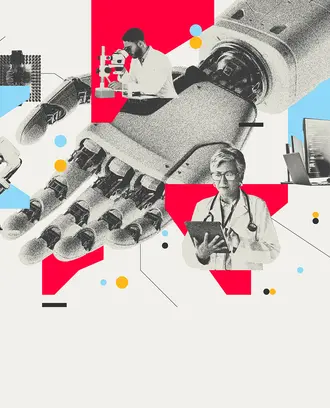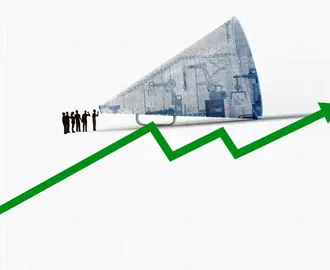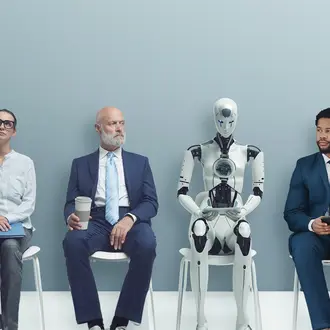Credit: Mimi Phan / Shutterstock
Technology can create jobs and economic growth. Yet there is also concern that newer technologies, like automation, are hurting workers — perhaps with encouragement from the U.S. tax code.
In a new research brief, MIT professorMIT PhD student Andrea Manera, and Boston University professor Pascual Restrepo argue that tax discrepancies between labor and capital encourage companies to automate while discouraging them from adding workers. Labor has been taxed at an average rate of 25% over the last few decades, while the average rate for capital — things like equipment, software, and buildings — has fallen to 5% in the 2000s and 2010s.
“Automation, which involves the substitution of machines and algorithms for tasks previously performed by workers, could be an engine of growth,” the authors wrote in the paper, which was prepared for the MIT Task Force on the Work of the Future. “But when it is excessive — for example, driven by tax incentives rather than for efficiency gains — it harms labor and fails to improve productivity.”
In the brief, the authors lay out an argument for adjusting the relationship between automation and labor.
Different technologies have different impacts
Automation has a different impact on employment and wages than other technologies that improve human productivity. Machines that complement workers by helping them work more efficiently, or better machines for tasks that are already automated, improve productivity and are generally good for workers. But automation replaces workers in tasks they were performing.
When automation outweighs the other technologies, it reduces labor, employment, and earnings.
In some cases, automation creates “so-so technology” — technology like self-checkout kiosks that replaces human labor without increasing productivity. This is a “double whammy,” the researchers write — displacing workers without adding much to productivity.
The U.S. tax code encourages excessive automation
Because the U.S. puts heavier taxes on labor, companies are encouraged to choose robots over people, the researchers write. This can promote what the researchers call excessive automation — automation beyond what pure cost-minimization logic would dictate.
This doesn’t mean the actual rate of machines to people is too high overall. Workers benefit from machinery that is complementary to them, or better machines. There are also other factors behind this excess, like corporations focused on automation overlooking other options, or bias in the research and development phase toward things that are new or important. Firms also might not be thinking about the good of workers and the community.
The goal is not to reduce capital or technology as a whole, Acemoglu and his co-authors write, but rather to identify cases where automation is being used for marginal tasks simply because the tax system encourages it.
Reforming the tax code for an even playing field
More balanced taxes between capital and labor could raise employment by 5.85%.
The tax code treats labor and capital in a variety of ways, so constructing a single tax rate is difficult. Capital accumulation and labor supply are both modestly responsive to taxation, the researchers found, suggesting that they should be taxed similarly.
While there are other potential reforms to implement, discouraging excessive automation is not easy either, as it requires stimulating productivity-enhancing automation without subsidizing so-so technologies. Automation taxes could be implemented for technologies without much productivity gain, but not for technology that boosts productivity and adds jobs. (The researchers acknowledged that it is a challenge to identify these different cases.)
More balanced taxes between capital and labor would raise employment by 5.85% and increase labor’s share of income by 0.53 percentage points without any reduction in government revenue, the authors argue.
“Even if it does not restore full efficiency and eliminate all excessive automation, a neutral tax system is at least agnostic in its treatment of these factors and goes some way toward redressing the deep-rooted asymmetries in the U.S. tax system,” they write.



